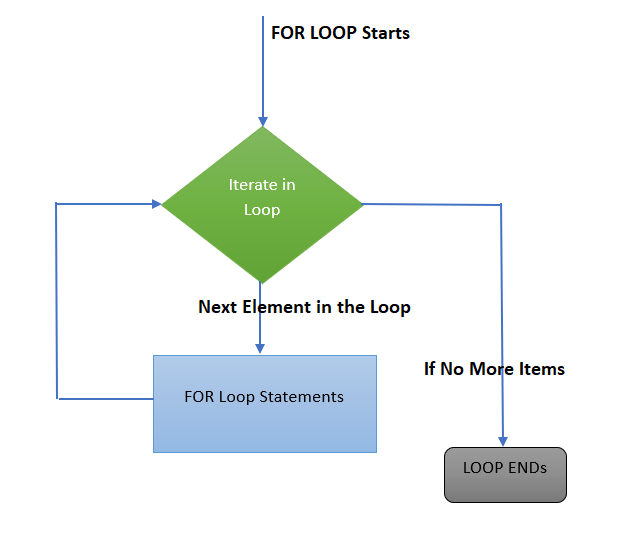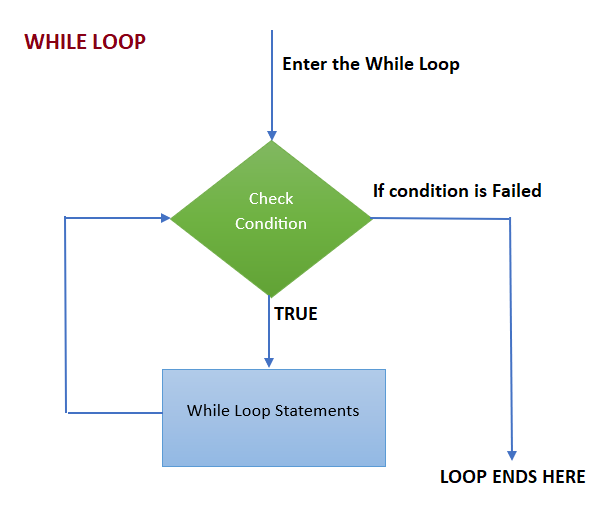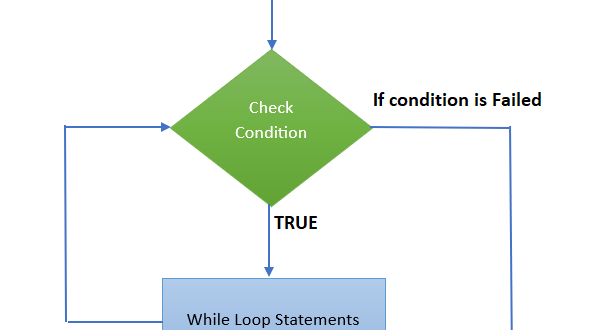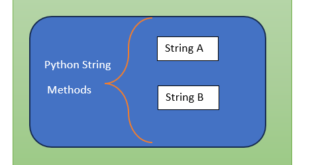Python is a popular high-level programming language that is widely used for developing applications in various domains such as web development, data analysis, machine learning, and artificial intelligence. One of the most powerful features of Python is its ability to work with loops. In this article, we will discuss the basics of loops in Python and their applications.
Loops are used in programming to execute a set of instructions repeatedly. In Python, there are two types of loops: the “for” loop and the “while” loop. Let’s explore each type of loop in more detail.
For LOOP
The “for” loop in Python is used to iterate over a sequence of elements. This sequence can be a list, tuple, string, or any other iterable object. The basic syntax of a “for” loop in Python is:
for element in sequence:
# do something with the element
Here, “element” is a variable that takes the value of each element in the sequence, one at a time. The code inside the loop is executed for each element in the sequence.

For example, let’s say we have a list of numbers and we want to print each number on a new line:
numbers = [1, 2, 3, 4, 5]
for num in numbers:
print(num)
This will output:
1
2
3
4
5
While Loop
The “while” loop in Python is used to execute a set of instructions repeatedly as long as a certain condition is true. The basic syntax of a “while” loop in Python is:
while condition:
# do something

Here, “condition” is a Boolean expression that is checked before each iteration of the loop. The code inside the loop is executed as long as the condition is true.
For example, let’s say we want to print the numbers from 1 to 5 using a “while” loop:
num = 1
while num <= 5:
print(num)
num += 1
This will output:
1
2
3
4
5
Loops are very useful in programming, as they allow you to perform repetitive tasks efficiently. They are particularly useful when working with large datasets or when performing complex calculations. Whether you are a beginner or an experienced Python programmer, understanding loops is essential for writing effective and efficient code.
Nested Loop
In Python, a nested loop is a loop inside another loop. This means that the inner loop is executed multiple times for each iteration of the outer loop. Nested loops are useful when you need to perform a task that requires iterating over multiple sequences or nested data structures.
The basic syntax of a nested loop in Python is:
for outer_var in outer_sequence:
# do something with outer_var
for inner_var in inner_sequence:
# do something with inner_var
Here, “outer_sequence” and “inner_sequence” can be any iterable objects, such as lists, tuples, or strings. The outer loop iterates over the elements of the outer sequence, and for each element, the inner loop iterates over the elements of the inner sequence.
For example, let’s say we have a list of lists that contains some numbers, and we want to print each number on a new line:
numbers = [[1, 2], [3, 4], [5, 6]]
for inner_list in numbers:
for num in inner_list:
print(num)
This Output will be:
1
2
3
4
5
6
In the above example, the outer loop iterates over the lists in the “numbers” list, and the inner loop iterates over the numbers in each inner list.
Nested loops can also be used to create complex patterns or perform complex calculations. For example, let’s say we want to print a multiplication table from 1 to 10:
for i in range(1, 11):
for j in range(1, 11):
print(i * j, end="\t")
print()
This will output:
1 2 3 4 5 6 7 8 9 10
2 4 6 8 10 12 14 16 18 20
3 6 9 12 15 18 21 24 27 30
4 8 12 16 20 24 28 32 36 40
5 10 15 20 25 30 35 40 45 50
6 12 18 24 30 36 42 48 54 60
7 14 21 28 35 42 49 56 63 70
8 16 24 32 40 48 56 64 72 80
9 18 27 36 45 54 63 72 81 90
10 20 30 40 50 60 70 80 90 100
In the above example, the outer loop iterates over the numbers from 1 to 10, and the inner loop iterates over the same range of numbers. The print statement inside the inner loop calculates the product of the two numbers and prints it on the same line, separated by a tab. The print statement outside the inner loop prints a newline character, so that each row of the table is printed on a new line.
In conclusion, nested loops are a powerful feature of Python that allow you to perform complex tasks efficiently. Python provides powerful loop constructs that are easy to understand and use. Whether you are iterating over a list of elements using a “for” loop or performing a task repeatedly using a “while” loop, Python has you covered. By understanding how to use nested loops, you can write code that is more concise and easier to read. Whether you are working with nested data structures or performing complex calculations, nested loops are an essential tool in your Python programming toolbox.
For more information read article from the source python tutorials.
 IT2EDU Empowering Education Through Technology
IT2EDU Empowering Education Through Technology


